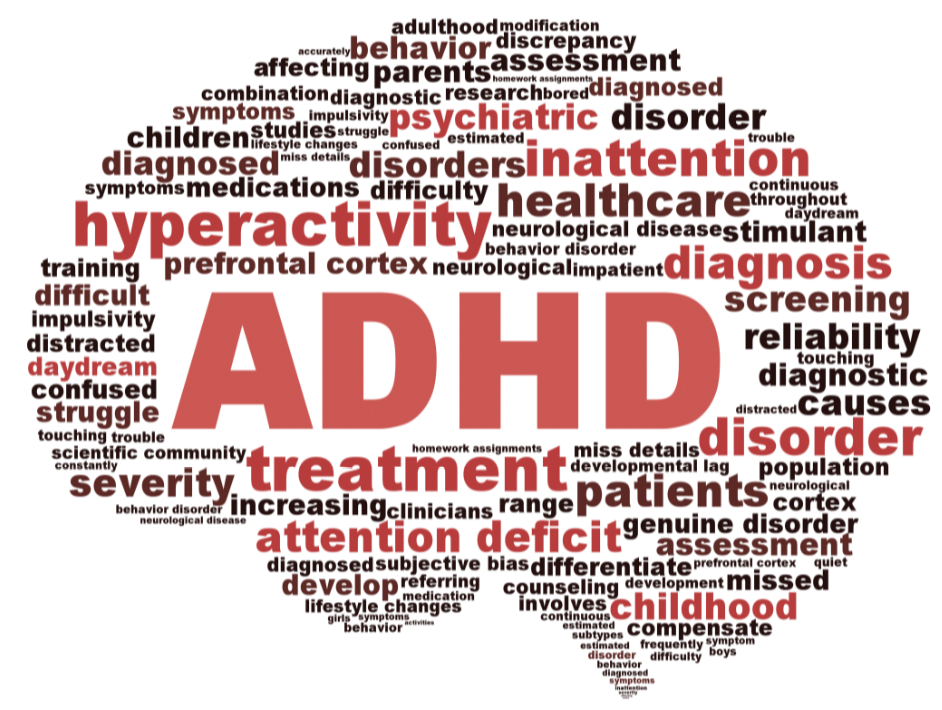Mental health disorders are common in children and adolescents. It is therefore important to do research into the causal mechanisms and the development of mental health symptoms across the life-span and to study the effect of interventions and prevention. Mental health symptoms are often measured by means of questionnaires. These questionnaires are known for their association with clinical diagnoses and are therefore widely used in clinical practice.
While the specific items in these questionnaires are different they largely assess the same dimensions of child psychopathology. Both the Child Behaviour Checklist (CBCL) and Strength and Difficulties Questionnaire (SDQ) detect the presence or absence of a mental health disorder and address problems such as emotional problems, hyperactivity, social problems, and conduct problems. The main differences lie in the ways the questions and their responses are phrased. For example, in the SDQ questionnaire, the question asks whether the child is restless, while in the CBCL the question asks after nervous movements. In the SDQ, the answers are rated with categories: ‘not true’, ‘somewhat true’ and ‘certainly true’, whereas, in the CBCL, the answers are rated with categories: ‘not true’, ‘somewhat or sometimes true’, and ‘very true or often true’.
Therefore, responses on the SDQ and CBCL cannot be directly compared. The same is true for the subscales (such as internalising problems and Attention Deficit Hyperactivity Disorder (ADHD)), as they contain slightly different sets of behaviour and different numbers of items. Internalising problems are broadly defined as problems that occur within the child. Children with internalising problems often appear withdrawn, fearful, and shy whereas a child with ADHD shows symptoms of inattention (such as lack of concentration, poor schoolwork, easily distracted), hyperactivity (such as restlessness and constantly fidgeting), and impulsiveness (such as recklessness, intruding or interrupting others).
In order to quantify individual differences on two subscales from the CBCL and the SDQ, a common metric is needed. This would identify how similar the questionnaire data are across different countries, ages, and genders. Comparing and combining results across different datasets is most efficient when a common unit of measurement is used. In some datasets, mental health symptoms of the same individuals are measured with two or more questionnaires, which enable them to link the tests.
As an example, the Western Australian Pregnancy Cohort Study (RAINE) dataset consists of 10-year-old children data samples collected from both the CBCL and the SDQ. This dataset includes the behavioural traits (such as ‘feels worthless’, ‘hyperactive’) often seen in children with mental health disorders. Our main focus is to develop this common metric that can be used instead of the original subscale to study internalising problems and ADHD in children from different countries and of different genders and ages.












